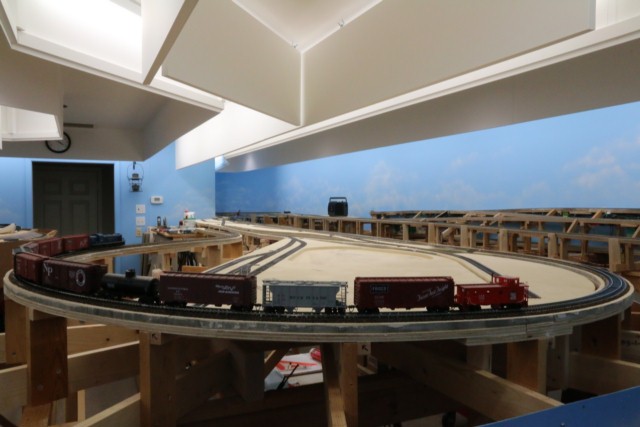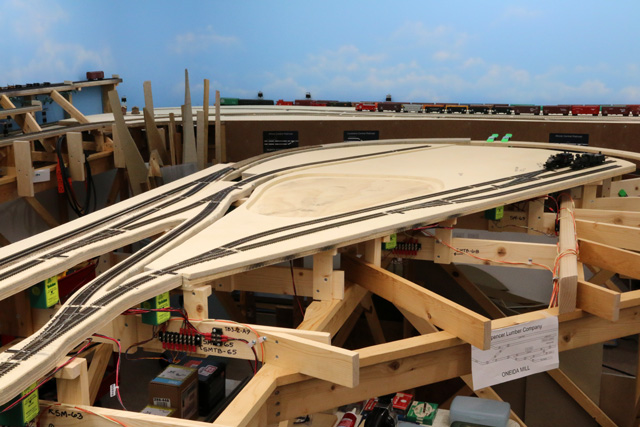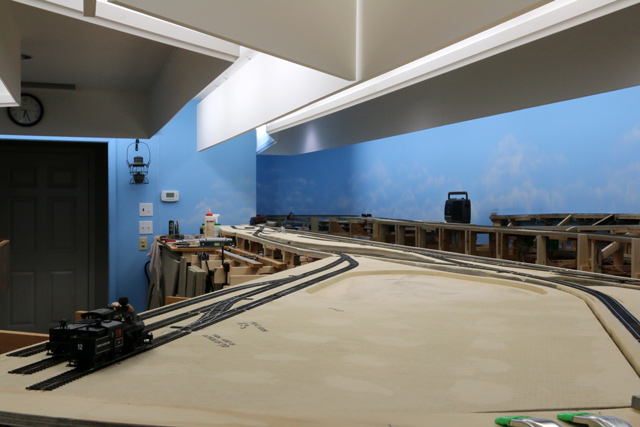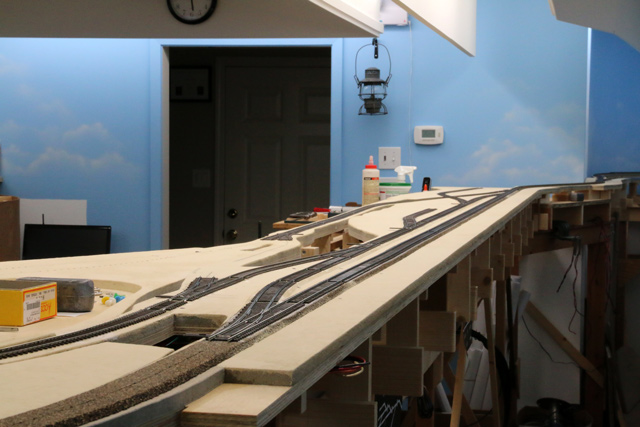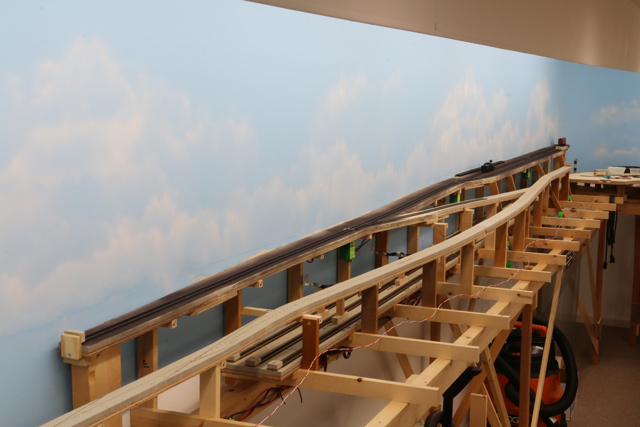Back in the early 2000’s, I made the decision to go with the Lenz brand for my DCC power and control system. That decision was based in part on the knowledge that Lenz was developing a new radio throttle that would utilize a knob (which I prefer) for the speed control (it looked identical to the present LH90 throttle). That throttle did not come to fruition, as Lenz abandoned the project quoting the difficulty and expense in making an international throttle that could meet all the various requirements of broadcasting both in Europe and North America. Major disappointment! But anyway, I had already purchased their Set01 that uses the LH100 tethered throttle, and I decided to stick with their system.
Over the years I had added components to the system: several of the LH90 throttles with the big knob for speed control, a couple more boosters, a computer interface so I could use DecoderPro with the system, and a few other odds and ends. But I still wished for a good radio throttle. Lenz did come out with a plug-in that allowed you to use a wireless telephone as a throttle, and I understand it works well. But somehow, that just struck me as a kludge and I couldn’t warm up to it. Then a few years ago Lenz introduced a method for using a “smart” cell phone for a throttle. While there are some nice things about that, it still isn’t the type of control I want. If I were to go wireless, and if I wanted a “true” throttle, I’d have to use the CVP system. Their throttles interface to the Lenz system via a CVP base station, and are said to work quite well. But there is a downside to that solution: big $$$.
Well, I recently had an epiphany. The NCE system uses the same bus protocol as Lenz, and the two systems have many similarities in the way they operate. I started investigating and found that I could use my Lenz boosters with an NCE system. And NCE makes a radio throttle that I like . . . with a knob! And further, I wouldn’t need to purchase all the throttles needed for the layout as so many folks around here use NCE, and already have throttles (something that didn’t benefit me with Lenz or CVP).
So, I made the decision to make the change. I recently sold my Lenz command station/booster, the computer interface, and all my Lenz throttles. I kept and will continue using my separate Lenz boosters, and will keep the throttle plug-ins around the layout. I ordered an NCE Power Pro system with a radio throttle . . .
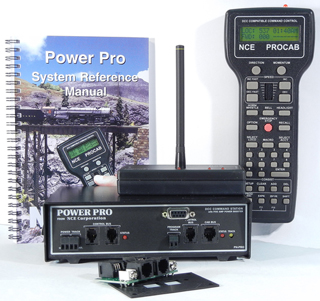
. . . along with a couple of the Cab06 throttles that use that beautiful knob.
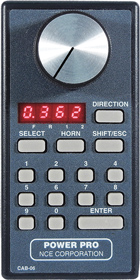
The box arrived late this afternoon, and I have been reveling in it’s contents. I’ll be heading out to the train room in the morning to start my installation, which should be rather straight-forward given the similarity of the systems.
Radio control at last!
I’ll do a follow up report soon once I get things operational. I’m keeping my fingers crossed that all turns out as expected.
-Jack

